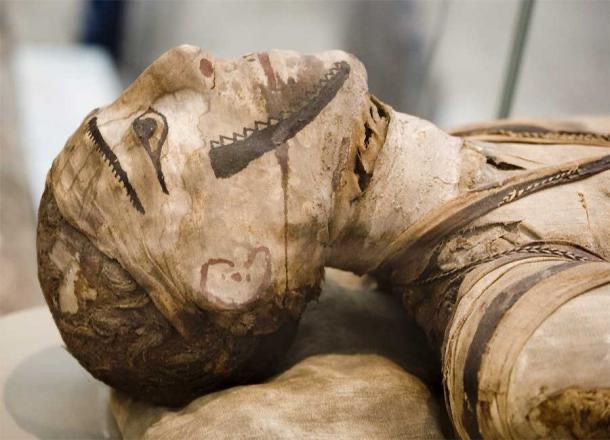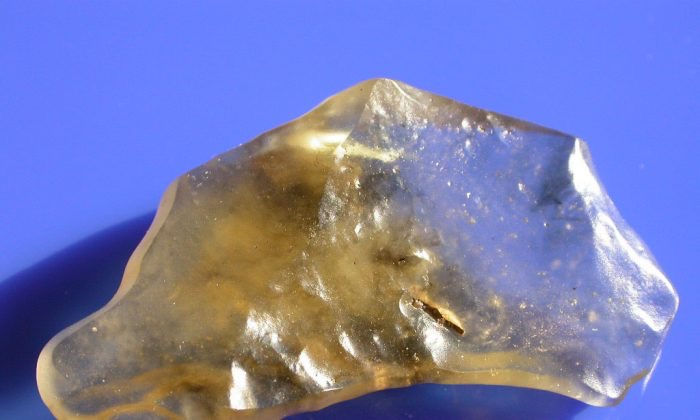6 Ways Roman Engineers Were Way Ahead of Their Time
- skloucherepierre
- Jan 14, 2021
- 6 min read

Antiquated Roman specialists had the option to build a wide range of sorts of momentous structures which have stood the test to time. In numerous spots far and wide we can at present see and appreciate their unimaginable information on designing and innovation. This shows us that the old Roman designers had a sublime comprehension of how to fabricate an immense scope of structures - in addition to their renowned reservoir conduits - which we actually wonder about today.
In any case, to comprehend the scope of abilities and innovation accessible to the Roman architects, it is important to perceive that they went to the specialists who went before them; to consider their creativity and aptitudes so they could discover approaches to enhance the aptitudes and developments of the past. To do as such, much the same as specialists in this day and age, the antiquated Romans needed to discover and grow more modern methods and perceive how they could find new materials that would be needed in what we call structural designing today.
With their new revelations, they likewise needed to think of new procedures, which would totally change the way that structures and scaffolds were made, and the immense scope of gear required by the military and naval forces of the Roman Empire. Such designing abilities would see the introduction of new machines, such as creating water power as a methods for energy. Such basic things that we exploit today, such as plumbing and running water, would have been a colossal favorable position for the normal Roman. How might individuals today get by without these things?
Through these changes, those antiquated Roman designers would see their work remunerated, as greater success and more noteworthy abundance became possibly the most important factor. Additionally, their designing aptitudes would straightforwardly improve the lives of every single Roman resident and show the countries exchanging with Rome that this information gave them more prominent force.
Worked to Last: The Secret that Enabled Roman Roads to Withstand the Passage of Time
One of the extraordinary upgrades to antiquated society was the structure of streets which were thoroughly examined and all around assembled. By far most of streets were made with cut and dressed stones, however there were likewise solid streets. Such respectful designing abilities by the structure of these streets additionally lead to more noteworthy business inside the Roman Empire and permitted the dealers to reach actually farther and extend exchange. In the hour of antiquated Rome those streets were considered imperative to the point that about 29 streets were made to prompt and from the everlasting city.
Antiquated Roman Engineers Created Awesome Aqueducts
We as a whole realize that in the event that we are to endure it is basic that we as a whole approach water. Before the Romans assembled their own water systems these structures existed somewhere else in the East, for instance the renowned Aqua Appia was believed to be worked around 310 BC. In any case, we can thank antiquated Roman architects for their new developments, which empowered them to assemble bigger developments all the more rapidly.
This necessary the work of a wide range of talented craftspeople, from stone artisans to craftsmen and metal laborers. They all met up to assemble water passages a long way from the urban areas where individuals lived. This likewise implied the expertise of the designer needed to skillet and execute for those specialists, as the reservoir conduits utilized the force of gravity, not at all like today where we use siphons.
However, building such structures additionally implied the architects needed to draw up designs for their consistent support and keep them liberated from trash, which would somehow aggregate and hinder the inventory of perfect and safe water. Between such huge structures the old Roman designers assembled an organization so that water could be changed over to another framework if the need emerged.
The Coliseum is Standing Proof of Roman Engineering Ability
The Coliseum is quite possibly the most astounding structures of antiquated Rome that actually represents us to wonder about today. Its fundamental capacity was to give diversion, as other immense arenas. It saw warrior games, plays, and even counterfeit fights between ships when the field was overflowed. This last occasion was another mind blowing accomplishment of designing in itself - to consider water to both stream into the field yet additionally for its waste framework.
It was built of stone and it is thought to have effectively obliged exactly 50,000 observers. The Coliseum is an inconceivable accomplishment of brick work indicating the underlying designers had a sound comprehension of curves and the material strength and sturdiness of the stonework. It is assessed to be around 620 feet (188.98 meters) long and approximately 515 feet (156.97 meters) in width, with a stature of almost 158 feet (48.16 meters).
In spite of the fact that there are indications of rotting in certain territories, this isn't ascribed to the aptitudes of the antiquated experts. The disintegration of the Coliseum is because of time and not a portrayal of any terrible workmanship or failings on the estimations of the old Roman architects who assembled it.
Exceptionally Versatile Concrete was a Major Advancement
The developers of old Rome made what should be one of the significant disclosures with the creation of cement. This revelation changed the world. By the third century BC, they found that the expansion of water to the residue from volcanoes, in addition to different fixings, for example, little pieces of blocks and stones, alongside lime, made an adjustment in the synthetic structure which gave them the ideal mortar.
This was an upset in cement. They additionally found this functioned admirably for the Roman manufacturers working with water and significantly submerged developments, as at the quay sides at harbors and the urban communities which were worked along ocean fronts. Another utilization for Roman cement was to waterproof all the reservoirs, known as Pozzolana.
When of the second century BC, the Roman specialists and manufacturers had dominated the specialty of building huge and eminent stone extensions; for instance the Pons Aemilius in the city of Rome. From the outset, the enormous stones were held together by a progression of iron cinches embedded into the stones, however the revelation of cement changed the manner in which they could fabricate such huge structures.
Presently they could fabricate the bases from very solid cement and use stones for the facings. The Roman specialists were among the first to completely comprehend that when it came to curves while building spans they could utilize various states of stones; these were called Voussoirs. This made solid curves which would appropriate the weight proficiently. Such curves can at present be found in Europe today, showing the mind boggling ability of those manufacturers and architects just as the strength of the materials to make something that could suffer hundreds of years of climate.
The proceeded with extension of the Roman Empire would require the developers and antiquated specialists to develop a huge swath of structures, structures, and streets from materials that were both solid and furthermore tough. As we find in the present structural architects and development organizations, the old Romans should have additionally perceived the science and concentrated how various materials work.
These old Roman manufacturers and architects were more than amazing by they way they oversaw both toughness and solidarity to make their structures which we can at present wonder about today. Likewise their revelation of cement empowered them to construct enormous structures and curves as well as exceptionally huge arches.
This permitted them to make substantially more space inside the inside of the structures. We can discover instances of this work in structures, for example, sanctuaries, chambers, and amphitheaters. There are various huge Roman stone extensions actually standing today - one great model was worked to respect the Roman Emperor Trajan.
This was worked with portioned curves signed up together, and the developers utilized both stone and cement in their development. It crossed the stream Danube and was about 3725 feet (1135.38 meters) long, almost 50 feet (15.24 meters) in width, stood somewhere in the range of 60 feet (18.29 meters) over the water, and two castra (military camps) were developed at each end. This great accomplishment of designing started around 105 AD, when the Roman armed force was battling the battle in Dacia, so Trajan required this extension to supply and keep up his war exertion.
Article Source : https://www.ancient-origins.net/artifacts-ancient-technology/roman-engineer-0014380
.jpg)










Tatarian architecture??? Romans simply moved in???